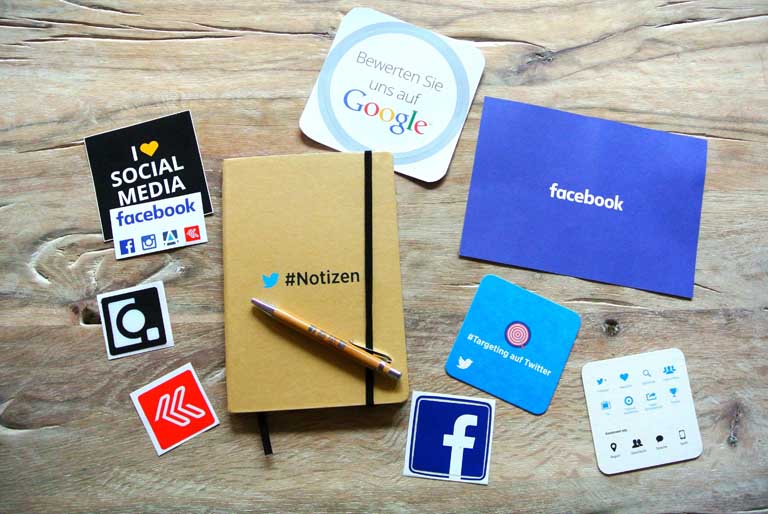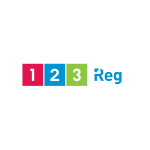Hashtags are becoming vital to social media marketing strategies since they are effective tools for raising content visibility on various platforms. Marketers can classify material and make it discoverable to a larger audience by tagging it with relevant hashtags. This allows them to reach more people than just their immediate followers. By engaging with people who have a common interest, this strategy efficiently broadens the audience and increases user participation. Businesses may join in on current discussions, drive and monitor campaign results, and even engage in trends by using hashtags properly. Knowing how to use hashtags correctly may make a big difference in the efficacy of your social media marketing by linking the material with relevant customers who are actively looking for conversations about it.
- Understanding Hashtags
On social media marketing platforms, hashtags—marked by the ‘#’ symbol plus a word or phrase—act as a tagging system for organising material while improving searchability. Hashtags initially appeared on Twitter in 2007, and because they could connect participants and conversations worldwide, they soon gained traction on various sites. Engaging around common passions is simpler for users by having access to all public posts with a hashtag by clicking on them. This tool revolutionised digital marketing by giving companies the ability to target specific campaigns, engage with hot topics and reach a wider audience. Marketing professionals can evaluate the effectiveness of their advertising campaigns, track campaign participation, and reach niche customers using hashtags.
- Choosing the Right Hashtags
Selecting appropriate hashtags is essential to improving the discovery and engagement of your social media postings. Begin by choosing hashtags that fit your campaign’s goals and are relevant to your brand. Use an assortment of current and specialised hashtags to strike a balance between wide appeal and focused reach. Although hot hashtags are frequently crowded and competitive, they can significantly enhance visibility. Even though they draw fewer users, niche hashtags have a higher chance to connect with specific, engaged viewers, increasing engagement rates. Utilise Hashtagify or RiteTag to find appropriate and prevalent hashtags to use in the material you create. By incorporating these in a strategic way, you may maximise the exposure and popularity of your content across different target segments.
- Creating Branded Hashtags
Developing custom hashtags is a smart method to promote brand recognition and social media interaction. Exclusive to your business, branded hashtags can be used to group posts about certain campaigns, occasions, or general brand-related material. The benefits include making it simpler to monitor conversations in the public sphere regarding your business and raising campaign awareness through regular use. Keep it brief, attention-grabbing, and relevant to your brand in order to generate a memorable and powerful branded hashtag. It should be simple to remember and spell to ensure the audience uses it correctly. Nike’s #JustDoIt and Coca-Cola’s #ShareACoke are two effective examples that have struck a deep chord with consumers, increasing brand loyalty and engagement in global dialogues. These hashtags foster a sense of belonging among users and boost user-generated content.
- Using Hashtags to Foster Community Engagement
Hashtags are essential for increasing audience engagement since they are effective in creating a sense of community and encouraging user-generated content. Brands can effectively involve their followers in the narrative of their brand by encouraging them to share their own material or tales through the development and promotion of a special hashtag. GoPro, for instance, encouraged users to share their daring experiences shot with GoPro cameras through its #GoProHero campaign. This brought similar individuals together and gave the brand access to genuine user-generated content. Similar to this, Airbnb’s #AirbnbExperiences invites users to share posts about their own travelogues, promoting an international community of tourists and residents who exchange travelogues. Hashtags are a powerful tool these campaigns employ to increase user participation and a sense of connection.
- Hashtag Best Practices by Platform
Various social media networks have different hashtag methods, so it’s essential that you customise your approach. Adding more hashtags to your Instagram posts—up to thirty, but five to ten is usually best—can improve discoverability. Hashtags are usually added to the caption or remarks section of the post. Twitter’s character limit necessitates more condensed use—generally, 1-2 hashtags to zero in on important subjects and stay clear of clutter. The professional information posted on LinkedIn performs best when it has one to three appropriate hashtags. Placement on LinkedIn and Twitter is usually done at an agreement of the post or as part of the narrative that is integrated into the post body. The distinct characteristics of every platform define the best ways to maximise exposure and engagement.
- Tools for Hashtag Research
A number of tools make it easier to do efficient hashtag research and tracking, which is essential for social media strategy optimisation. Hashtag popularity and trend data may be found using tools like Hashtagify and RiteTag, which can help you find relevant hashtags to expand the target demographic for the material you create. Additionally, these technologies provide data for assessing the engagement and exposure of specific hashtags. Keyhole, a potent platform, also checks hashtag usage in real time and offers data on related metrics like views and reach. By using these tools, advertisers can find popular hashtags, which learn about the hobbies of their target audience, and modify their tactics according to data-driven insights, all of which help guarantee that their content is well-received and has a significant effect.
- Monitoring and Adapting Hashtag Strategy
Maintaining an evolving and efficient social media strategy demands constant assessment of hashtag efficiency. Marketers can alter their tactics to adjust to consumer tastes and evolving trends by tracking which hashtags yield the highest levels of interaction and reach. Comprehensive data regarding hashtag performance can be acquired by using analytics programmes like Hootsuite or Sprout Social. Refreshing the hashtag strategy on a regular basis is essential, as indicated by these stats. Remove useless hashtags, try out new hot ones, and make the most of hashtags that continually engage your audience. By performing this proactive adjustment, you can be confident that your material will always be relevant and appealing to the target audience, boosting reach and engagement.
Conclusion
Strategic hashtag use is critical to increasing the exposure and participation of result-oriented social media marketing initiatives. Using hashtags wisely, brands may engage with larger or more targeted audiences and significantly improve their visibility. This course has covered several topics, including understanding hashtag operations, selecting appropriate hashtags, creating brand-specific tags, and following platform-specific best practices. Marketers are advised to continuously experiment with various tags and to monitor their effectiveness using analytics software. Brands may refine tactics based on insights from data to make the most of their social media presence and ensure that their content effectively engages and resonates with people who matter.


